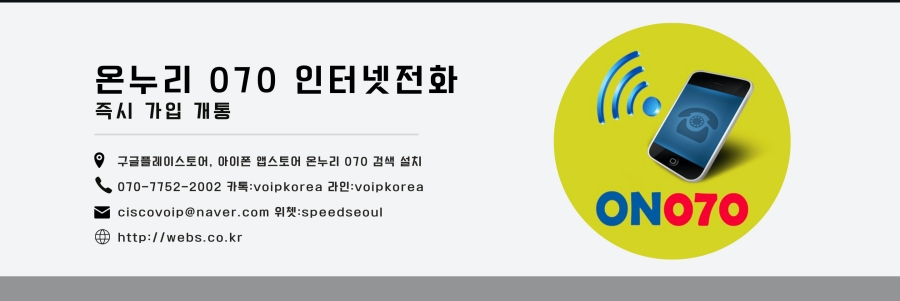
Share This Article
There is one incredibly important field of modern technology that has always proven to be a bit of an impenetrable enigma for ExtremeTech: The hardware used by mobile carriers. We know in general terms how a cell site works, but for the most part the actual hardware and software and network topology is a proprietary black box. That’s why it’s very exciting when a mobile carrier such as Sprint invites a tech blog to take a close look at one of its new LTE cell sites in San Francisco.
In this case, Engadget visited Sprint cell site SF33XC664, located on a rooftop high above Van Ness Avenue in central San Francisco. In the photo above, the big structure at the end is the building’s elevator shaft, the tall gray boxes are Sprint’s LTE equipment, the smaller white boxes in the middle are AT&T’s equipment (it is common for cell sites to be shared), and the boxes in the foreground are Sprint’s older CDMA gear. Eventually, once Sprint’s Network Vision rollout is complete, the CDMA boxes will be be carted off and scrapped/recycled.
In the photo above, the box on the left (open door) houses Sprints’ LTE hardware, the cabinet in the middle is a battery backup system (good for 5-8 hours), and AT&T’s backhaul fiber connection is on the right. Historically most cell sites used microwave links for backhaul links to the carrier’s core network, but with the increased bandwidth requirements of 3G and 4G networks fiber links are now mostly used (especially in urban environments).
Inside the open cabinet is a ton of rack mounted network gear: Most notably, a Cisco switch at the bottom (connected to the AT&T fiber backhaul link), and three Samsung Smart Multi-modal Base Stations (SMM-2LD000). The top box deals with LTE data, while the bottom two boxes are CDMA data and voice. Because these Samsung base stations are multi-mode, Sprint can decommission its dedicated CDMA hardware and run a much simpler, cheaper, easier-to-manage setup.
These Samsung multi-modal base stations are the brains of the operation where all the magic occurs — and yet if you type the model number into Google, you get zero results (except for this story). This is generally because every base station has been tailor-made by the equipment maker (Samsung, Siemens, Ericsson) for the mobile carrier. In this case, Sprint started with a Samsung Smart MBS and probably had some custom firmware installed for its specific network topology. There is a Smart MBS website, but it’s almost completely devoid of useful information.
What we do know is that Samsung’s Smart MBS contains a software-defined radio (SDR), which basically means that Sprint’s network administrators can alter the technologies (LTE, CDMA, GSM) and frequencies (900MHz, 1900MHz, 2500MHz, etc.) used by the device through a simple software-based control panel, rather than actually installing new hardware. The SDR is the sole reason that Sprint is able to consolidate and simplify its network setup. In short, it is the MBS that manages the connections to every smartphone within its catchment area. It is essentially a huge wireless router.
The base station hardware would be nothing without amplifiers and antennae, however, which is what you see in the photo above. There are three directional antennae attached to the building, each covering a 120-degree arc. The two boxes next to the antennae are RF amplifiers, which amplify the signal from the base station before transmission. In the close-up photo below, you can see that the amplifiers are encased by a big heatsink — because amplifying signals all day generates a lot of heat. The output power of every cell site is different, depending on the local safety regulations for broadcast RF, but they generally max out at around 100 watts.
Ironically enough, Engadget actually gets surprisingly slow upload and download speeds when it’s up on the roof, next to the antenna. This is probably because the wavelength (i.e. the distance between the peaks) of cellular signals is between 15 and 50cm — and so if you’re too close to an antenna, before the wave can really stretch its legs, it causes all sorts of grief.
So, there you have it: When you make a call or access the internet, you now know exactly what the hardware that handles your data looks like. Your phone broadcasts its data, which is picked up by a cell site’s antenna, and then your signal is processed by a base station (such as the Samsung Smart MBS). The base station, which is just like a large wireless router, then forwards your data to the person you’re calling or the website you’re accessing, via the mobile carrier’s backhaul network. Then, assuming you haven’t moved to another cell, data is transmitted back over the backhaul network to the same base station and broadcast by the antenna. If you have changed location, your phone will tell the new base station that you’ve moved — and data will be sent there instead.
Finally, your phone, which is constantly listening on a certain frequency for packets of data that are tagged with your unique ID, picks up these packets and decrypts them. Voila: A cellular network.
Now read: The secret world of submarine cables
[Image source: Engadget]














